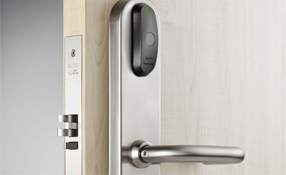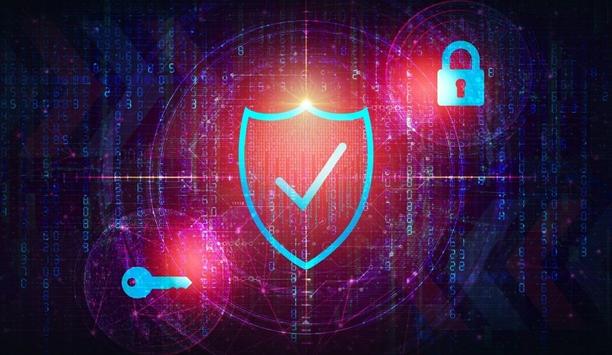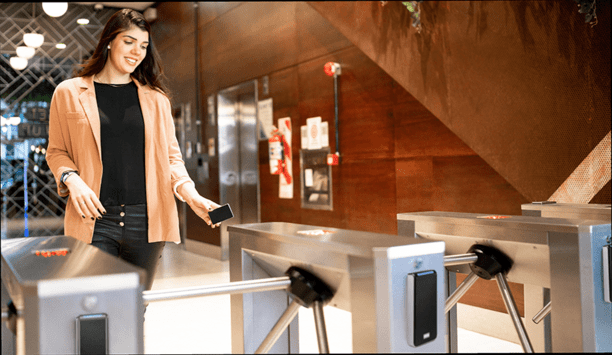Door security - Expert commentary
The smart home market has seen significant growth since 2010. Specifically, less than 0.5% of homes in the American region had connected home devices such as thermostats, lighting, security and entertainment in 2010; by the end of 2017, nearly 12% of households in the region will have connected home devices, an average of six devices per home. The success of smart homes started with professional security providers offering bundled packages, focused mostly on security monitoring. However, due to...
After a lot of studying and getting ready for what seems like an endless stream of exams, teachers and students alike will enjoy having some much-needed time off — whether it’s just for a weekend, a break during the school year or the long summer holidays. Schools that are left empty for a sustained amount of time obviously increases the risk of arson attacks, thefts and vandalism. Staff members at an establishment should therefore work through this checklist before they leave the c...
Security and systems integrators across the nation are recommending and providing long-term security solutions to their customers. But when it comes to physical security entrances, integrators can easily fall into the trap of simply fulfilling an end user’s exact request without much pushback. Why? We believe the complexity and variety of entrances available makes it difficult to consult on the best solution, but also because there are a lot of assumptions at play. 1) Ask questions to d...
Recent developments in physical security systems have enabled us to expand access control using IT infrastructure. By eliminating the need for hard wiring to a central panel or controller, IP-based systems enable installations that are non-proprietary, flexible and scalable. This means not only a more versatile solution, but also a more cost-efficient one. A network-based system can be enlarged by one door, and one reader, at a time, unlike some traditional systems where controllers or panels o...
Securing potentially hazardous sites, which contain gas or oil storage facilities, is becoming increasingly important to UK industry. While other businesses are investing in enhanced access control solutions, such as electronic key-centric access management, many sites containing hazardous materials are left stuck in the dark ages, with basic and impractical mechanical locking systems. This is due to the potential risks associated with using an electronic device, which could cause a spark, in cl...
Security consultants are on the front lines of trends such as “smart buildings” and the increasing demand for green technologies. We recently gathered together several consultants to reflect on what’s new in these areas, joined by a representative of HID Global. Participants were Chris Grniet of Guidepost Solutions, Brandon Frazier of Elert & Associates, Terry Harless of Burns & McDonnell, and Harm Radstaak, HID Global’s Vice President and Managing Director, Phy...
The transition from analogue to IP technologies has had a large impact on the ways intercoms are used in the security industry. The analogue-to-IP transition has generated a lot of attention in the camera market, and the transition is also taking place for intercoms. Twenty years ago, Axis Communications (2N’s parent company) led the industry in converting from analogue cameras and video to IP. Integrated IP system The conversion took 15 years to achieve, but the same conversion in inter...
Today's threat landscape is bigger and more broad than ever before, with an increasing number of emerging risks falling on the shoulders of security professionals in a variety of markets. Many of these leaders face the growing concerns of finding efficient, integrated solutions that provide protection from threats, but also can be used in everyday communications to streamline operations, provide access control, and automate workflow. One way today's enterprise organisations, citie...
The security landscape continues to evolve in new and complex ways. This evolution brings change on many levels, which offers an opportunity for improvement rather than an interruption or a distraction. This concept has never been more important as you face today’s combination of new technologies, escalating security threats and the need to derive greater value from the access control infrastructure while solving increasingly complex system integration challenges. Upgrading from older,...
Part 4 in our Intercoms in Security Series The ONVIF standard makes it simple to integrate the intercom with other ONVIF-compliant video management systems, access control solutions, and cameras Open standards are enabling new capabilities in the intercom market, some of it driven by the transition to systems based on Internet protocol (IP). Today’s most-used phrase in the intercom business is interoperability, given that the intercom is integrated with solutions s...
Part 2 of our Intercoms in Security Series The 2N Helios IP family intercoms present a comprehensive portfolio of security offerings for businesses and individuals Some integrators and end users may think of intercoms as older technology that isn’t required as part of a robust security system. Not true. Intercoms include innovative technologies that have developed rapidly, keeping pace with other categories. Just as cameras and access control systems have made techn...
In early 2016, dialogue between ASIS International in Europe and HID Global around access technology identified the need to take a closer look at why sometimes cutting-edge technology is not as effective as it should be in real world applications. Central to the issue were security gaps caused when elements are combined that do not match the same level of sophistication. This resulted in ASIS conducting a study amongst its European members with HID Global providing support o...
The global market for card-based electronic access control (EAC) is projected to reach $10.1 billion by 2020 according to Global Industry Analysts. However, as credential technologies have evolved over the years, so have the ways users interact with them. Mobile credentials One of the bigger developments over the past few years has been the increased adoption of mobile credentials, which allows users to access facilities via their mobile device. To m...
Smartphones offer a new alternative to traditional physical access control form factors such as smart cards or fobs. Convenience is the most obvious benefit, but there are others. Here are some advantages of using smart devices for access control: 1. Less vulnerability to cloning when compared to magstripe or low-frequency proximity cards. Digital credentials and mobile IDs are securely stored and protected. 2. Longer-distance communication, which allows readers to be mount...
Customers are increasingly requesting both mechanical and electronic services for their doors In most buildings, security is a hybrid solution of both mechanical and electronic security products. Locksmiths take care of the mechanical door hardware and the integrators focus on the electronic security technology. However, for consumers, this traditional division of labour means they must deal with two different companies for the same door - one to design, install and service a...
The locks, alarms and access control solutions used for buildings have little impact outdoors Large campuses – colleges and universities, hospitals and office parks – face difficult security challenges in protecting people and property across wide-open outdoor spaces. Outdoor security requires a different approach. The locks, alarms and access control solutions used for buildings have little impact outdoors. Outdoor security may include protecting a student on an...
Physical access control has been a key component of many organisations’ security strategies for several decades. Like any technology, access control has evolved over the years, and solutions now offer more security and convenience than ever before. From swipe technologies, such as the now antiquated magnetic stripe, to a variety of contactless technologies and mobile access credentials, businesses now have several choices when it comes to access control. Upgrading outd...
Predicting where or how security access trends would develop in 2016 was an educated guess at best. We did, however, forecast continued growth in the areas of wireless readers; smartphone usage as a credential; and more migration to web-based software/hardware solutions.In hindsight, we were not so far off the mark. Wireless security systems proved to be a growing option for extending an access control system and a practical solution for retrofits. Smart phone credentials gained popularity by fr...
After two decades of advances from simple visual ID badges to smart cards, standards-based access control systems and mobile ID solutions, the industry began entering its next new chapter in 2016. We began “mobilising” security to make it more pervasive and personalised, with a better user experience. We entered a new era of secure connected identities will not only make us safer but fuel innovation in how we work, shop and play. The industry began paying much closer attention to p...
The shift from wired to wireless access control was expected to gather pace in 2016—and that has happened. This year we at Assa Abloy surveyed a large cross-section of security professionals, seeking their insight into the changing market. Comparing our data with research we did in 2014 showed a clear trend towards wireless access control. Wireless access data Our 2014 survey found 23% of commercial properties using a wireless or hybrid wired/wireless access control s...
The winds of change have swept into the access control market in 2016. The hardware is transitioning away from being solely panel-based, software is rapidly moving to the cloud, and credentials are going mobile. It seems that the security access control world is finally waking up from its technological slumber, and 2017 will be an exciting time. These three major trends are feeding off one another and are driving the growth all around. IP and edge based systemsIn 2016, hardware companies like...
The security and safety industry has seen tremendous advances in cloud-based access control recently as cloud computing has opened up a world of possibilities for security and access control. Whether controlling access for a single door or for an entire enterprise spread out over multiple locations, cloud-based hosted or managed solutions allow security dealers and monitoring companies to provide end users with cost-effective, fully-functional turnkey solutions. The benefits are m...
Visitor management refers to the methods organisations use to admit and track visitors to their facilities. The concept is not new. Many facilities use some form of visitor management, ranging from simple sign-in sheets to high-tech approaches that scan government IDs to capture relevant data. But visitor management is more than a sheet of paper or a technology. It is also a policy that governs the how, why, and who of visitors. Increased security driving VMS upgra...
The technologies behind physical access control are constantly evolving. It’s a fast-changing market that can leave end user organisations struggling to keep up. Smart cards still reign supreme, with good reason, but there are also new options today and on the horizon. Customers want to implement the most secure and up-to-date technologies, but constantly adapting their systems to keep up with the pace of change is impractical. Leveraging access control technologies in a way that both m...
Part 11 of our Security in Healthcare series The Joint Commission’s mission is to continuously improve health care for the public, in collaboration with other stakeholders Compliance with Joint Commission accreditation can impact hospital and healthcare safety and security decisions, and can even drive security system improvements at healthcare facilities. An independent, not-for-profit organisation, The Joint Commission accredits and certifies nearly 21...
Part 10 of our Security in Healthcare series Ensuring the safety of patients, staff and visitors is no easy task Security integration is more than a buzzword in the hospital and healthcare vertical. Increasingly, it’s a necessity. When creating a safe and secure healthcare environment, end users should look for solutions that not only drive new levels of security and business intelligence but can provide long-term value in the future. Specifically, Kevin...
The security industry as a whole is migrating from the historical mechanical lock to the newest technology of electronic locks Mechanical locks and keys date back thousands of years and have undergone many changes, but the industry’s transition to electronic locks might be the most important, lasting, and surprisingly affordable security and safety change of all. The objective behind the creation of locks so long ago remains: to control a value on the other side...
A force of 85,000 police and military will patrol the Olympic grounds and environs to provide security A week before the Rio Olympics were slated to begin, Brazil fired the private security firm assigned to hire personnel to screen people entering the various Olympic venues located around Rio De Janeiro. The security plan called for 3,400 screeners. The security firm had only found 500. What happened? Today, prospective security officers must undergo background checks that do...
Part 6 of our Security in Healthcare series Lockdown capabilities are an important aspect of safety and security for hospitals, doctor’s offices and medical facilities Hospitals and healthcare institutions increasingly face a reality of workplace violence, attacks on patients, and threats to doctors and other support staff. When these types of conflicts arise, there is an urgent need to lock the facility down quickly. Security professionals and their teams need...
Everything about wireless access control makes life easier for those who install and operate it A lot of market data crosses my desk at ASSA ABLOY. Sometimes it can be hard to spot patterns or pick out the trends. But not always. Some recent access control market research we commissioned pointed in one direction. Our conclusion? Slowly but surely, access control is becoming a wireless technology As the global leader in door opening solutions, we are able to survey a large,...
Using artificial intelligence (AI) to automate physical security systems
DownloadA modern guide to data loss prevention
Download7 proven solutions for law enforcement key control and asset management
DownloadThe truth behind 9 mobile access myths
DownloadAccess control system planning phase 2
Download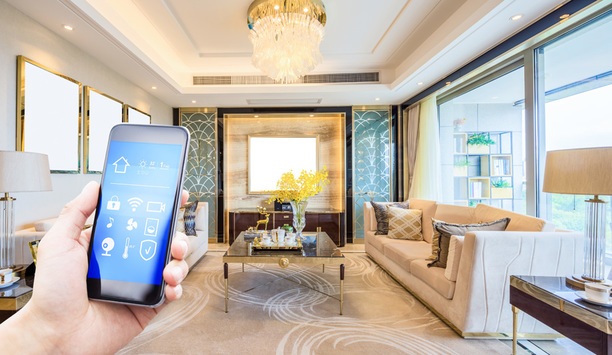








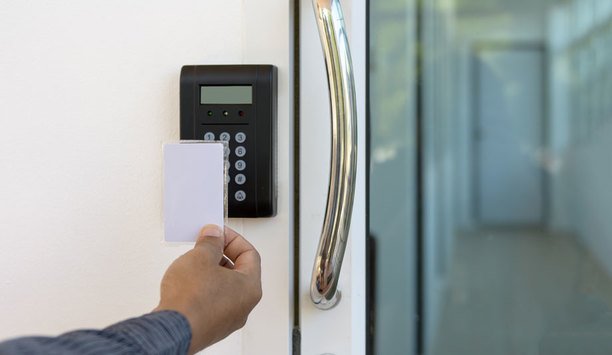
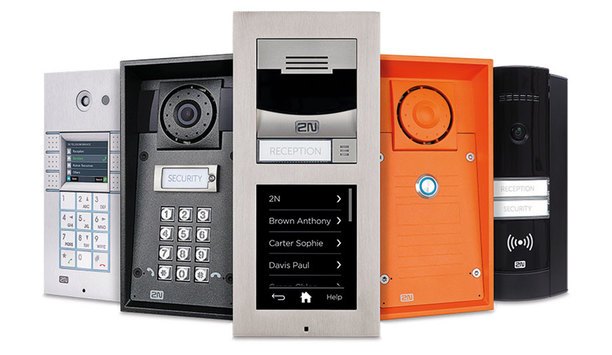
![[Download] House Of Smart Cards: How assumptions can open dangerous security gaps](https://www.sourcesecurity.com/img/news/612/hid-smart-access-920.jpg)
![[Download] The state of physical access control: Impact on the enterprise](https://www.sourcesecurity.com/img/news/612/hid-access-2017-920.jpg)



![[Download] The Evolution of Cards and Credentials in Physical Access](https://www.sourcesecurity.com/img/news/612/HID-whitepaper-Evolution of Cards and Credentials-920.jpg)


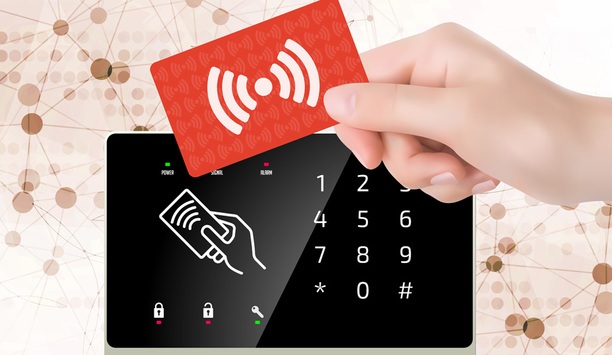

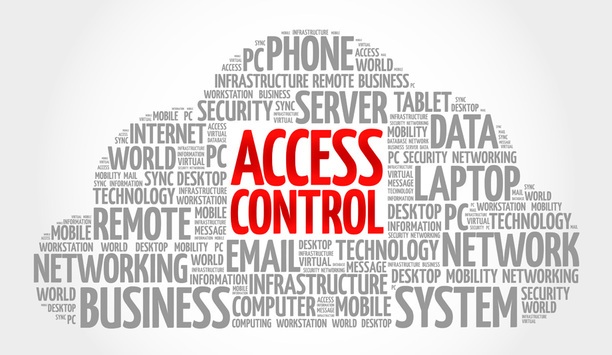
![[Download] Visitor Management: A Guide to Selecting and Employing a New Solution](https://www.sourcesecurity.com/img/news/612/hid-visitor-management-920.jpg)



